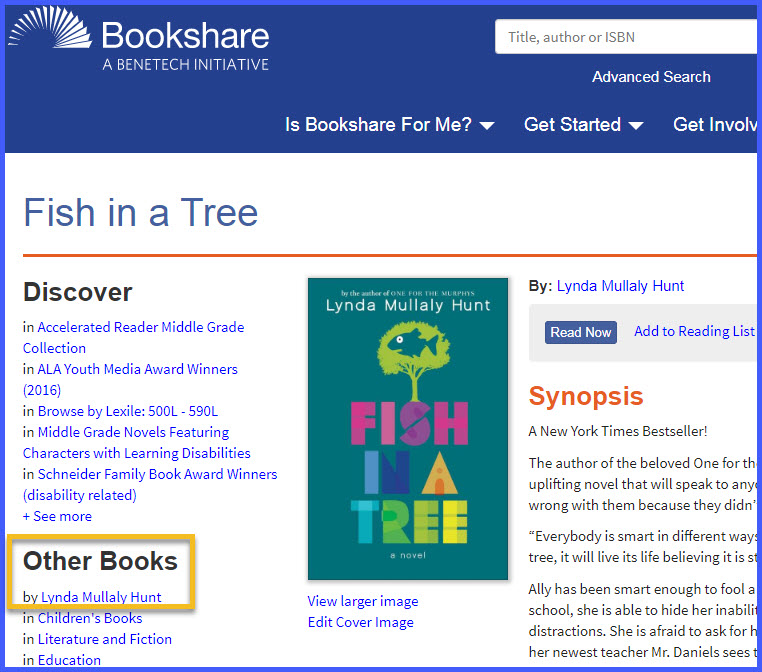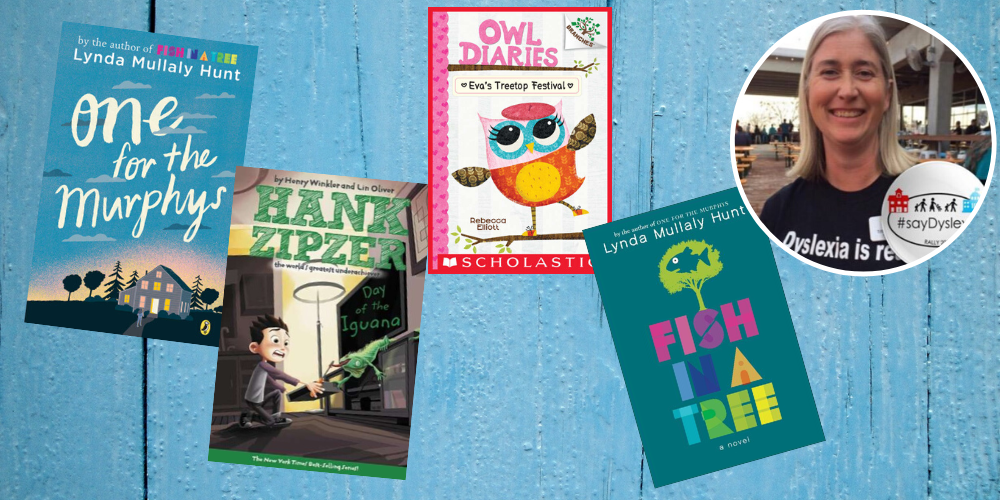Last week, we met Tiffany Jenkins, a Certified Academic Language Therapist with dyslexia and parent of a son with dyslexia who lives in Oklahoma. She shared five tips to put students with dyslexia on the path to reading success. This week, Tiffany discusses the benefits of ebooks with digital voices, tips to engage reluctant readers, and the positive social experiences students get from discussing books.
The Great Voice Debate
If you are younger than 35, you’ve grown up in a digital world. You’ve heard text-to-speech voices on an Xbox, Furby, GPS, Siri, and now smart speakers. The quality of these voices has improved dramatically and will continue to get better. Most of the students that Tiffany works with use Voice Dream Reader, and some use the free, browser-based Bookshare Web Reader. All e-readers offer a wide array of voices and let users select the speaker’s gender, language, accent, pitch, and speed.
Tiffany urges parents to let students experiment and find what works for them.
When we read, we hear the book in our own voice in our head, so students often choose a voice that sounds like their own, or they choose a voice that matches the author or the lead character. “One student listened to everything using a voice with a British accent; if that’s what he prefers, then great,” she says. “It is important that adults don’t disparage kids’ choices and tell them that they can’t read Dr. Seuss because it has a digital voice.”
How to Get Reluctant Readers Hooked on Reading
Many students are reluctant to read due to learning differences that make reading a laborious, difficult process. Tiffany shared the experience of a middle school student who had a very low reading level. He had never read a book by himself and needed significant reading intervention. She discovered that he liked dirt bikes, so she found a book called The Dirt Bike Racer [LD1] in Bookshare and put it on his reading list. A few days later, she asked how it was going. “I finished the book,” he replied. With tremendous pride he told her what it was about and described a trick that a rider did. This experience was huge for him.

Another tip is to find a book students like and read other books by the same author. For each book listing, Bookshare lets you see other books by the author. For Tiffany’s son, once he reads all the books in Bookshare by a favorite author, he goes to Good Reads, enters a book title he just read, and looks for similar books that he can then find in Bookshare.
Books Open Doors to Social Inclusion
Tiffany asks school librarians about the hot books that the kids are reading and adds them to students’ reading lists. She related how some third grade girls wanted to read The Owl Diaries so they could join the conversation with their friends in the lunchroom. After reading the book in Bookshare they exclaimed: “We need to have a sleepover like the Owls did.” It was a fabulous social experience for them.
On Tiffany’s Digital Bookshelf
- The Owl Diaries by Rebecca Elliott
- Fish in a Tree by Lynda Mullaly Hunt
- One for the Murphys by Lynda Mullaly Hunt
- Hank Zipzer series by Henry Winkler and Lin Oliver
- Sequoyah Book Awards Masterlist 2020 -The Sequoyah Book Awards are selected by Oklahoma students annually. Eligibility to vote for the award requires students to read at least three books from the master list.
Do you know a student with reading barriers who can benefit from Bookshare? It’s free! Sign up today.
Tiffany Jenkins is an advocate and therapist for students with dyslexia, encouraging interventions and assistive technology to meet their learning needs. She lives in Oklahoma and is a member of Bookshare’s Advisory Committee. @tdcraw


I think this is fantastic, I sure wish we had tools like this when I went to school! I hated reading, but now I can not getenough of it. I read braille, but I would like to find out more about text to speech, because I think this would help me a lot. I am thankful we have book share